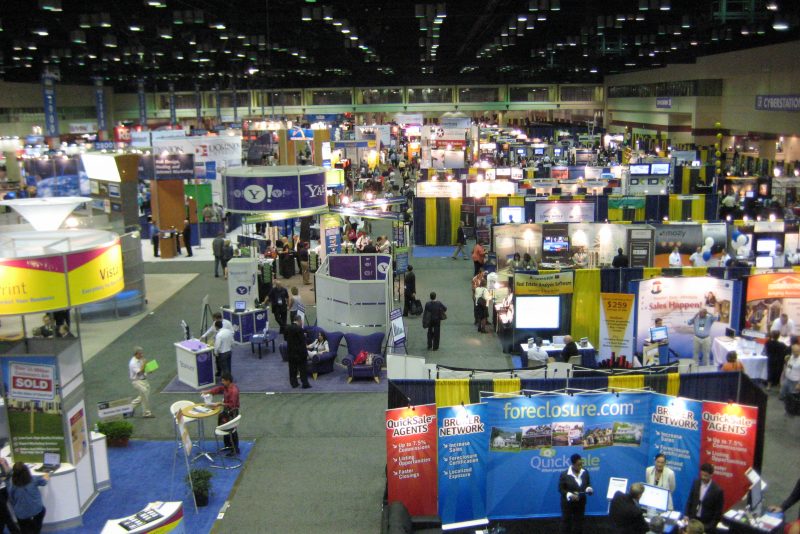Recent research published by the UK and Ireland SAP User Group claimed that 40% of BusinessObjects customers were unhappy with the level of technical support they receive from SAP. 57% had difficulties using the service support portal and 63% said they had difficulties searching and finding relevant information. The research was compiled using feedback from 96 BusinessObjects customers from across the UK and Ireland.
Just Six months ago, SAP User Group research showed customers were being put off from deploying on-demand applications, because they lacked information on how the applications would be upgraded or integrated with on-premise applications.
With the BOBJ acquisition having taken place some 5 years ago, one would have thought that many of the issues would have been resolved now but the reality is probably closer to it being unresolved because the underlying technologies are so fundamentally different.
Anyone who has worked with SAP AGS in the past and in all likelihood today too, will tell you that subject knowledge is compartmentalized just as it would be in any organization with substantial IT infrastructure.
There will be a few cross-functional resources who have a broad spread of understanding but with relatively shallow depth in terms of product knowledge and all suggestions would be that this continues to be the prevailing characteristic even in the SAP support organization. Even technologies that have been built ‘within the fold’; the silos still exist and will likely continue to exist. Expertise in TREX and J2ee engines for example, don’t easily translate for old school BASIS administrators.
The recent re-launch of Duet brings a need for understanding the Microsoft domain and SharePoint into the mix also.
From an SAP IT administration perspective what will you have to prepare yourself for? Quite naturally, everything will pivot on what you choose to have as part of the technology portfolio but new and existing SAP customers will of course have to augment their support organizations with resources that understand and can support these technologies.
The question will be, how technologically savvy do these resources need to be?
I believe the answer here lies in the depth and degree of integration that will be built around these other technologies in relation to the existing SAP infrastructure. Since many organizations these days seem to be making use of application managed services this means that the ams provider will have to augment their staffing structure, probably at a not insignificant incremental cost. While cloud based technologies will reduce the costs of running data centers and on-premise technologies, the costs will shift to the monthly bill from the cloud provider and associated ams service.
From a functional perspective nothing will likely change, business will still need to build subject matter expertise around the business process and retain those resources in house. Technically these resources may have varying depth of knowledge and expertise but there will still need to be the proverbial on-site ‘throat to choke’.
The message then is not necessarily all gloom and doom, it simply is one of diligence.
Businesses investing in any mixed technology stack should be clear on how they plan to support the technologies that they plan to deploy. Support should be a headlining item in the deployment plan and realistic support costs ascribed. As has been frequently demonstrated, offshoring, outsourcing and co-sourcing are all double-edged swords, saving in some areas and costing more in others.
Deploying cloud based technologies will be no different. You’ll gain functionally but it will likely cost you in other areas.
Expect functional and technical support to be two of them.
http://scn.sap.com/community/software-support-and-maintenance/blog/2012/05/23/what-does-the-acquisition-of-ariba-syclo-and-successfactors-mean-for-your-support-organization


